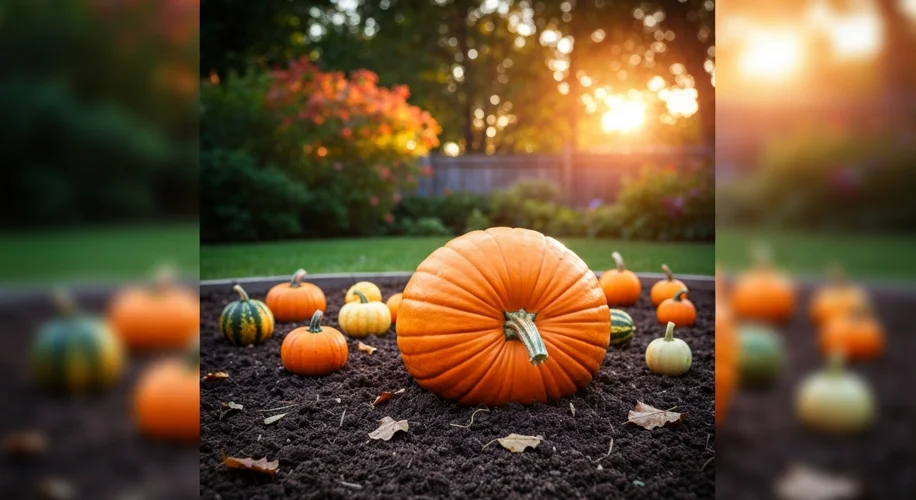Growing a giant pumpkin isn’t just about luck; it’s a calculated dance with nature, especially here in Zone 4b where our growing season is a bit shorter. This year, I managed to grow a pumpkin tipping the scales at nearly 1000 pounds, and I want to share what I learned along the way.
Choosing the Right Seed
It all starts with the right genetics. For a pumpkin of this magnitude, you need a specific variety. I chose the ‘Dill’s Atlantic Giant’. This variety is renowned for its potential to produce massive fruits. I started my seeds indoors around April 20th, about three weeks before our last expected frost. It’s crucial to give them a head start.
From Seedling to Sun
Once the danger of frost had passed, around May 15th, I transplanted my seedlings. I picked a spot with full sun and prepared the soil well in advance. Good soil is key – I amended my garden beds generously with compost and aged manure. The pumpkins need space, and I mean a lot of space. I planted mine about 25-30 feet apart, giving each plant plenty of room to spread its vines.
Pollination: The Critical Moment
This is where the magic, and a bit of careful work, happens. Giant pumpkins have separate male and female flowers. The female flowers are the ones that can develop into fruit; they have a tiny, immature pumpkin at their base. Bees are great at pollination, but for a guaranteed giant, hand-pollination is best.
I waited for the female flowers to open in the morning, and then I collected pollen from a freshly opened male flower. Using a small brush, I transferred the pollen to the stigma of the female flower. It’s best to pollinate a few healthy female flowers on each plant. I usually do this on a warm, sunny morning. It’s a delicate process, and I learned to be gentle to avoid damaging the flowers.
Nurturing the Giant
Once a pumpkin starts to grow, it’s a race against time. I focused on providing consistent watering, especially during dry spells, ensuring the soil stayed moist but not waterlogged. I also used a balanced fertilizer, switching to one higher in phosphorus and potassium as the fruit developed to encourage growth and sweetness.
As the pumpkin grew, I rotated it occasionally to ensure even growth and prevent flat spots. I also pruned the vines, allowing the plant to focus its energy on just one or two of the largest pumpkins. Removing excess vines and secondary fruits helps direct all that energy where it’s needed most.
The Final Stretch
By late August and early September, my pumpkin was a true behemoth. The vines were still actively growing, but the pumpkin itself was hardening off. I continued to provide water and nutrients, keeping a close eye for any signs of disease or pests.
Harvesting is a whole operation for these giants! I used a tarp and several friends to carefully move it to its final display spot. It’s an incredibly rewarding feeling to see the result of months of effort. If you’re in Zone 4b or anywhere with a shorter season, starting indoors and focusing on soil health and hand-pollination are your best bets for a giant success.
Happy growing!

